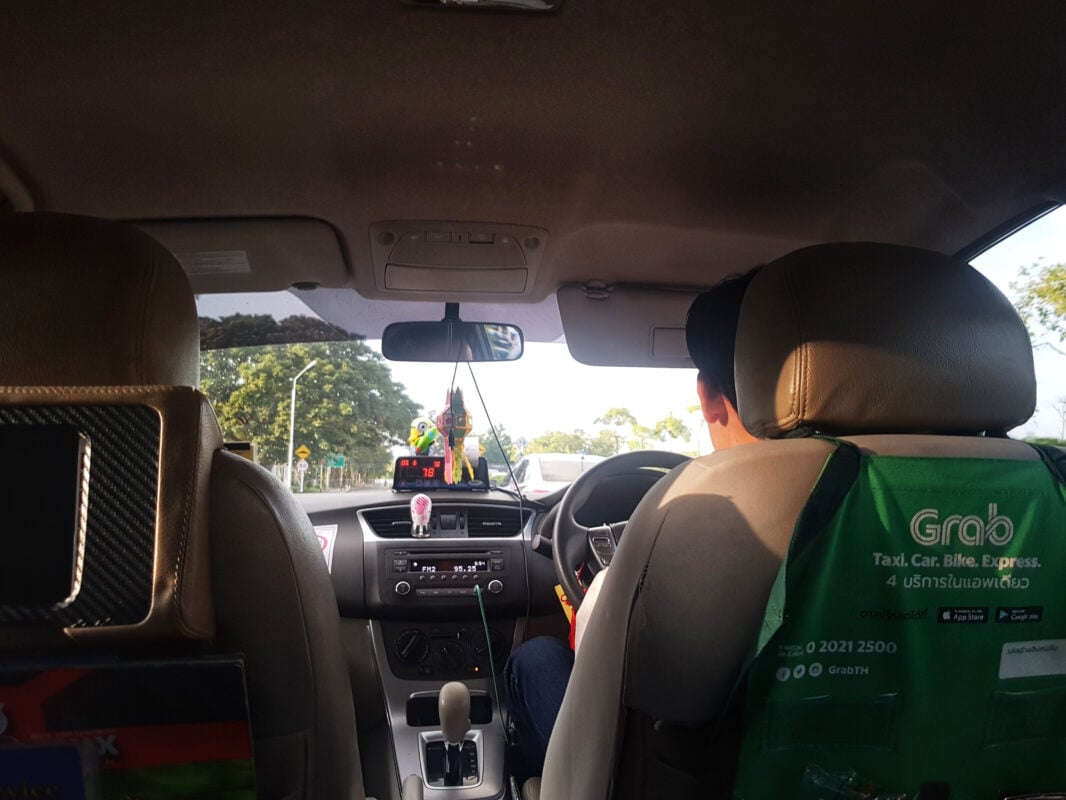TLDRs:
Contents
- Grab partners with WeRide to integrate Level 4 autonomous driving into its Southeast Asian ride-hailing network.
- Deployment expected by 2026, with driverless taxis and shuttles serving high-demand urban areas.
- Partnership targets regional driver shortages while creating new roles for human operators and fleet managers.
- WeRide pushes global expansion despite losses, banking on fast-growing robotaxi revenues.
Grab, Southeast Asia’s largest ride-hailing platform, has entered into a strategic partnership with Chinese autonomous driving company WeRide to bring Level 4 driverless taxis and shuttles to the region.
As part of the agreement, Grab will make an equity investment in WeRide, with the deal expected to close by the first half of 2026, pending final conditions.
The collaboration aims to integrate WeRide’s advanced autonomous technology into Grab’s app, enabling customers in major Southeast Asian cities to book robotaxis and autonomous shuttles directly through the platform. Both companies see the move as a significant step toward reshaping urban transportation in one of the world’s fastest-growing ride-hailing markets.
How the Deployment Will Work
Under the partnership, Grab and WeRide will work closely on technical integration, including fleet management systems, vehicle dispatch, routing optimization, and remote monitoring.
We've secured a strategic equity investment from @GrabSG, as part of a partnership to accelerate L4 Robotaxi and autonomous shuttle deployment in SEA. Expected to be completed by 1H2026. This supports our vision to deploy thousands of Robotaxis in the region. 🤝 $WRD $GRAB pic.twitter.com/PsDDX8n1dh
— WeRide.ai (@WeRide_ai) August 15, 2025
The initiative will also create new employment opportunities for Grab’s existing driver-partners, who will be retrained for roles in autonomous vehicle supervision and operations.
Level 4 autonomy means the vehicles can operate without a human driver under most conditions, though safety operators may still be involved in early rollouts. The companies aim to launch initial pilot programs before scaling operations across multiple cities by 2026.
Tackling Regional Transport Challenges
The move comes as Southeast Asia faces ongoing driver shortages, a factor that has constrained ride-hailing growth. Grab’s CEO has openly cited “manpower constraints” as a challenge, suggesting autonomous vehicles could help fill the gap in peak-demand areas.
Financially, both companies are positioned to make the venture viable. Grab recently posted Q2 2025 revenue growth of 23% to $819 million and has $7.6 billion in liquidity.
WeRide, while still operating at a net loss of $56.4 million in the last quarter, has seen its robotaxi revenues surge over 836% year-on-year to $6.4 million, representing more than a third of its total income.
WeRide’s Global Expansion Push
WeRide’s expansion into Southeast Asia is part of a broader international strategy. The company holds self-driving permits in six countries, including China, the US, and Saudi Arabia, and has already launched fully driverless services in the Middle East.
While Chinese autonomous firms are largely excluded from the US market, this has driven them to focus on other high-growth regions. Southeast Asia, with its dense cities, rapid digital adoption, and rising transport demand, represents a prime growth target.
Market analysts project the global robotaxi sector will expand from $0.4 billion in 2023 to $45 billion by 2030, giving early movers like WeRide and Grab a competitive edge.
As the rollout approaches, the partnership could redefine urban transport across Southeast Asia, offering faster, more efficient, and increasingly automated ride-hailing experiences for millions of commuters.


